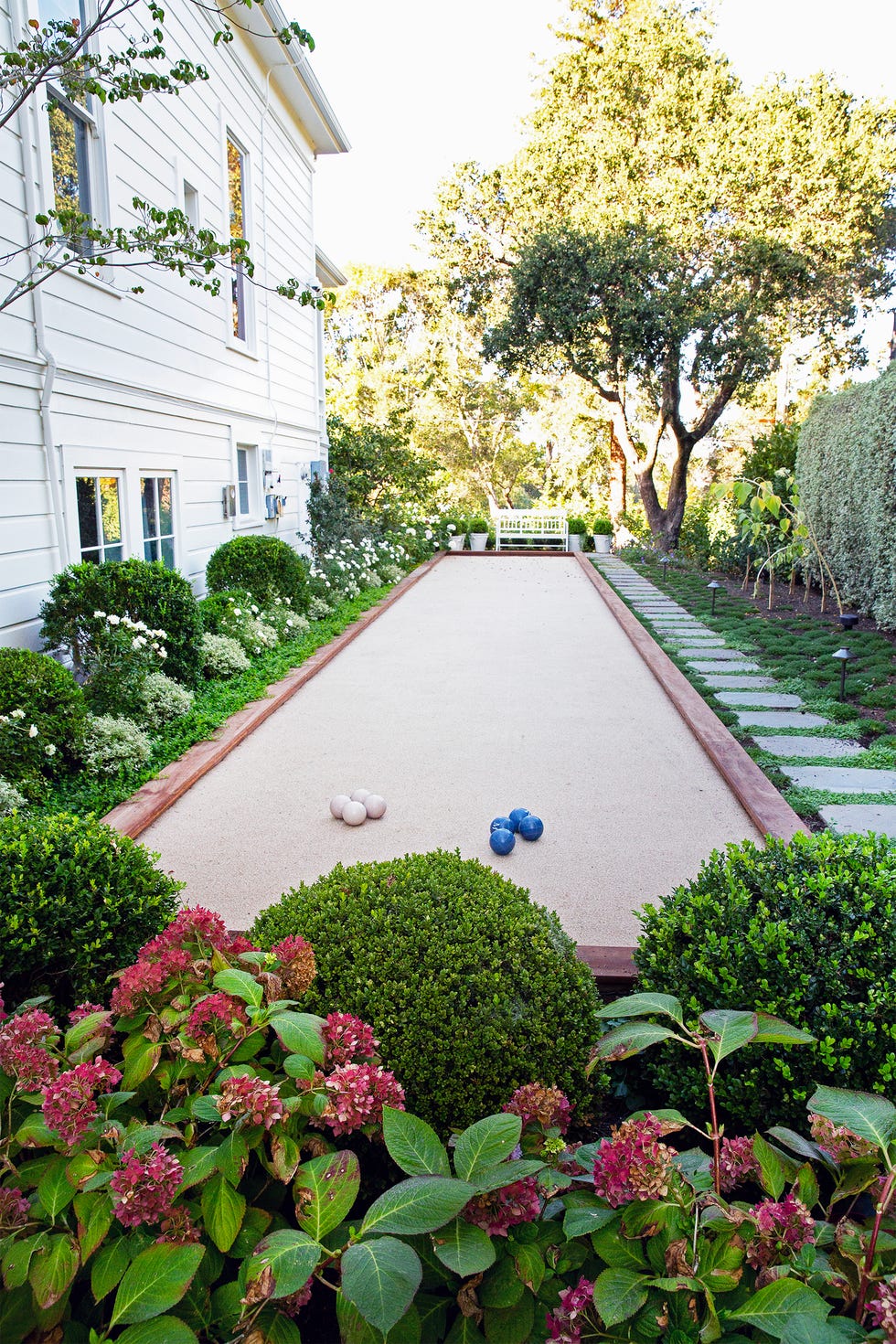What Does Landscapers Do?
Table of ContentsGetting My Landscapers To WorkThe Main Principles Of Landscapers The 20-Second Trick For LandscapersThe Best Guide To LandscapersThe smart Trick of Landscapers That Nobody is DiscussingThe Ultimate Guide To Landscapers
- A yard feature where water is represented by an aggregate rock product, normally a gravel or granite. These are most generally discovered in modern-day and Japanese yard layout.- A stone or natural flagstone patio, course, or pathway built without a concrete base. The base would be compacted gravel and the joints would be an aggregate or walkable ground cover. - A rock maintaining or free standing wall constructed without the usage of mortar. - An underground framework that gather water and allows it to reduce percolate into the soil around it.
Landscape style that is suitable with a websites' atmosphere in both appearance and sustainability without unfavorable impacts to the environment. Edging in the landscape is a line of separation that develops visual rate of interest in the garden by separating one section from an additional segment.
Areas can likewise have a sensation of "room" provided by trees, various other growings, fences, or displays. The landscape near the entrance to a structure.
The 7-Second Trick For Landscapers
:max_bytes(150000):strip_icc()/GettyImages-154046398-c39f1daf45a84601b328d78ed8630660.jpg)
The aspect in a landscape layout or location in a landscape that is suggested to be most noticeable. The focal point can be a plant, stone, statuary, collecting room, or other landscape function.

The smart Trick of Landscapers That Nobody is Discussing
Rock product, either rounded or fractured, that is reasonably little- normally 1" or much less. Low plants that are allowed or motivated to spread over a location. Can refer to any "hard" yard components consisting of statuary or boulders but a lot of generally is used to describe paths, patio areas, and walls.: Height difference between the degree of water in a pond (or the level of the pump if it sits outside the fish pond) and the top electrical outlet of water which influences efficiency of the water pump in gph (gallons per hour). Dense bushes or trees that develop a fence, display, or border.
Fence boards that run horizontally, commonly made use of in modern-day or Japanese-inspired landscape layouts. Proper usage of fictional lines can aid the landscape feel attached to the home and other aspects.
Conventional PNW landscapes are casual. A plant that redirected here spreads out even more than preferred, or right into habitats where it does damage.
Little Known Questions About Landscapers.
Smart irrigation controller reviews and recommendations here. 2-D rendering of the suggested irrigation system. Can include head positionings and protection, pipe sizing, GPM specifications, and products required to mount this system. A watering plan is usually unneeded for homes however is usual for business projects. Certified specialist who develops landscapes, coached in engineering and style as well as in cultivation.
The specialist who prepares and establishes landscape jobs, typically at a domestic or small industrial level with the significant style catalyst on plantings. Landscape developers usually have less education than Landscape Architects and are not licensed. A completed landscape design, describing all elements for the brand-new landscape. This generally takes the form of a drawing on paper.
Calcium material made use of to raise the pH in dirt, which will make it less hospitable to moss (Landscapers). A water limited HDPE material used beneath ponds, streams and waterfalls in water features. Using numerous plantings of the same selection to fill in an area in the landscape. This can lower upkeep and water usage in the garden.
A mix of concrete, sand, and water that is made use of in rock stonework for establishing rocks and joints. A layer of garden compost or bark dirt used at the base of a plant. A mass planting of moss. A plant that existed in a geographic location prior to individuals began transforming the landscape.
Landscapers for Dummies
How the garden or a yard aspect is set up in partnership to an existing or new function or to a direction. Maintaining a grass without making use of chemical read the article herbicides, pesticides, or fertilizers. Lawns that are not mowed however expanded in landscapes as perennials. This is a partly open sided leisure or recreation area that joins a house, utilized for enjoyable, exterior eating and just enjoying the outdoor environment.

Plants that give seasonal rate of interest and after that pass away back in the winter season. Cold season turf that is the most common turf lawn in Portland, OR and the important site rest of the PNW.An open roofed structure over a patio or various other landscape function.
Lava accumulated varying in size from 1/4" to dust. One of the most common landscape crushed rock in the PNW. Location of the landscape created to handle rainfall water till it can soak into the ground. A chain that controls water as it takes a trip from a roof seamless gutter to the ground. Yard structure that produces a planting area that is had and more than the bordering quality.
Producing a yard feature consisting mainly of stones with growings that match and can prosper in the rocky setting. Lawn sprinkler head design that rotates a stream of water across an area.
Little Known Facts About Landscapers.
